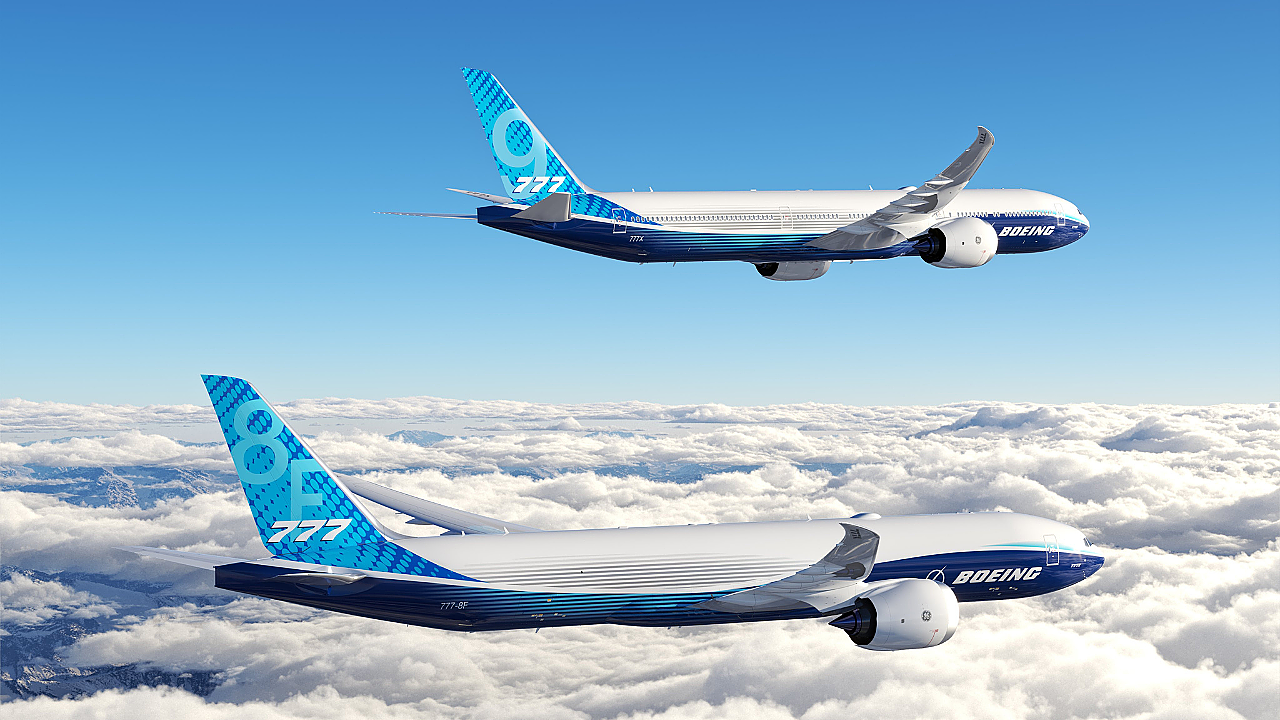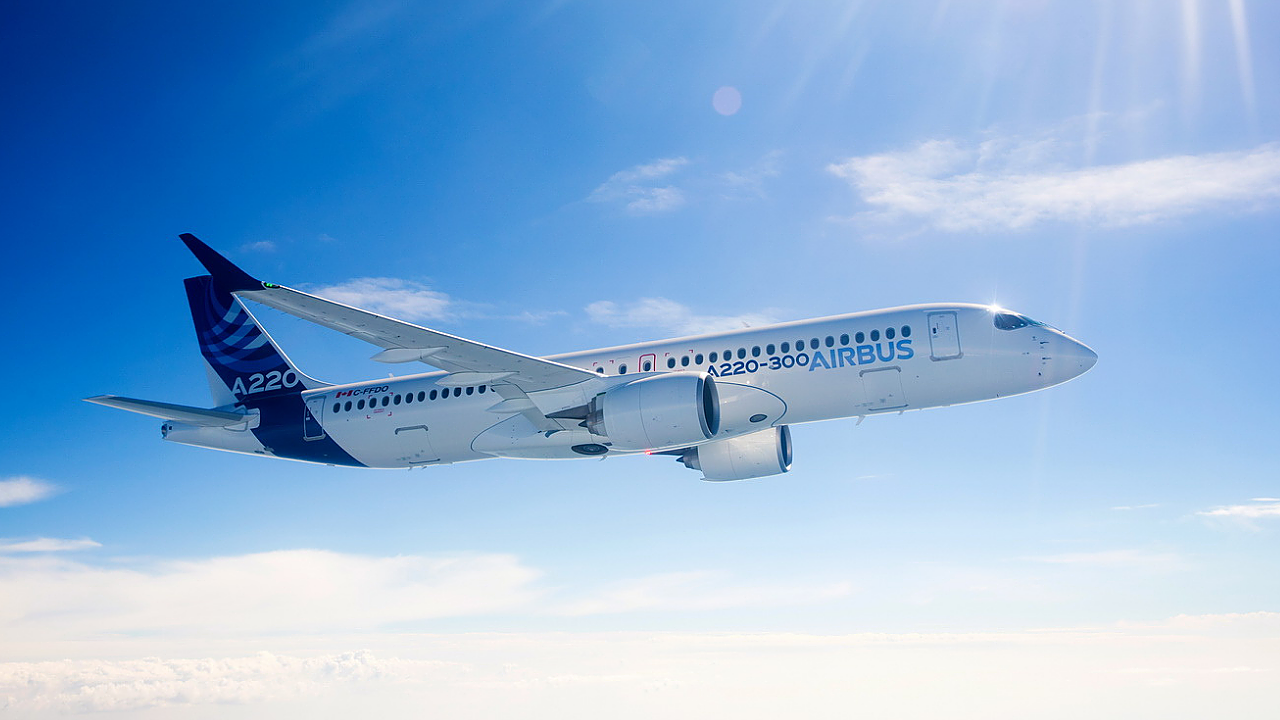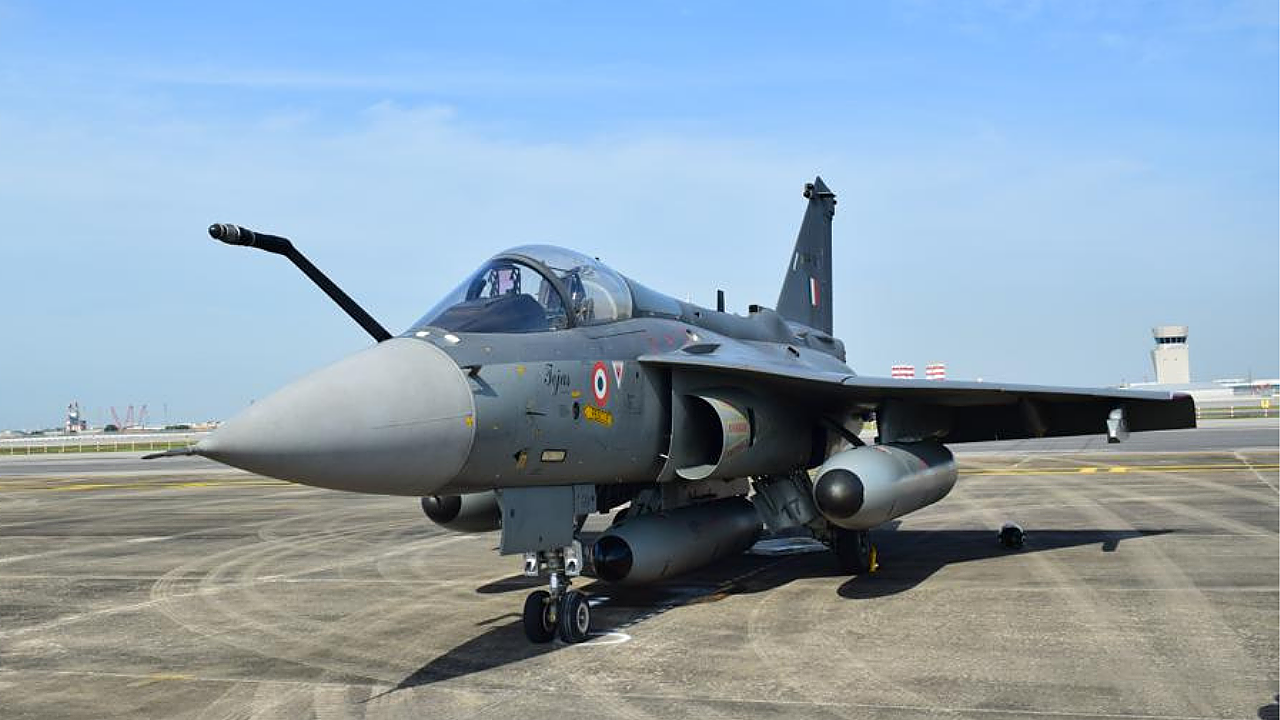
Asia’s biggest airshow is living up to its billing of showcasing the region’s aviation prowess and potential, despite taking place on a reduced scale due to the continuing COVID-19 pandemic.
While the 2020 edition attracted over 30,000 trade attendees, this year’s airshow will witness far fewer footfalls, with 13,000 trade attendees slated to attend from more than 39 countries/regions. Nevertheless, the airshow’s organisers have managed to secure the participation of nearly 600 companies (930 in 2020), including 70% of the top 20 global aerospace companies. This year’s airshow also features the inaugural Aviation CEO Forum, which will bring leaders together to discuss the industry's state and its evolution as it recovers and returns to growth. It affirms the relevance, and importance, of the Singapore Airshow in the global aerospace and defence ecosystem, said Ravinder Singh, Chairman, Experia, which is the organiser of the Singapore Airshow. Key participating exhibitors include Airbus, Aviation Industry Corporation of China, Bell, Boeing, Eaton Corporation, Israel Aerospace Industries, L3Harris Technologies, Leonardo, Lockheed Martin, Pratt & Whitney, Rafael Advanced Defence, Rolls-Royce, Safran, ST Engineering, Thales, and Turkish Aerospace.
Outsize Contribution
Singapore’s focus on the ease of doing business, clear and farsighted regulatory policies and excellent infrastructure have played a key role in contributing to the growth of its aviation industry, which generated a total output of S$9.8 billion (approx INR 5,000 crore) in 2020 and employed 19,000 people over 130 companies. Global recovery in air traffic and ease of travel restrictions across the region will bring back growth to this severely impacted industry. Singapore is also well advanced in its efforts to become an early adopter of commercial electric vertical take-off and landing (EVTOL) air taxi services, with aviation regulators expecting services to commence as early as 2024.

Despite the pandemic, Singaporean firms have continued to invest in the aerospace sector, with ST Engineering Aerospace doubling its number of passenger-to-freighter conversions and Liebherr Aerospace investing S$20m in new MRO capabilities. Besides, the island nation is Safran Group’s only site for A350 avionics equipment & component repairs in the APAC region. The SIA Engineering Company is investing S$40M for Phase-2 of its transformation programme with various initiatives resulting in a 20% improvement in aircraft check turnaround time.
Singapore has also been quick to create the necessary conditions to ensure the entrance of high technology. One such instance was when GE Aviation partnered with Singapore’s Economic Development Board (EDB) in 2018 to allow GE Aviation Engine Services Singapore to become the first facility in the world to implement approved additive repairs for commercial jet engine airfoil components, including the ‘High-Pressure Compressor Airfoils’. The adoption of this innovative process allowed twice as many engine parts to be repaired compared to what was possible previously.
Growth Story
The island nation’s aviation industry is expected to further benefit from the growth of new aircraft deliveries, which is slated to be highest in the APAC region, over the next 20 years, according to Airbus and Boeing forecasts. Airbus released its Global Market Forecast (GMF) for the APAC region on the eve of the airshow, which provided an insight into the demand for new commercial aircraft over the next 20 years. According to the International Air Transport Association (IATA), the global air passenger recovery is already underway, with an estimated recovery of international air travel to 2019 levels by 2025-26.
Airbus expects the recovery to be even sooner, with Christian Scherer, Chief Commercial Officer and Head of Airbus International, saying that the airframer is confident of a strong rebound in the APAC region’s traffic, which is expected to reach 2019 levels between 2023 and 2025.
The APAC region is home to 55% of the world’s population with China and India while emerging economies such as Vietnam and Indonesia will be the principal drivers of growth in Asia-Pacific. According to the GMF, GDP in the region will double in value by 2040, and the size of the middle class (those likeliest to travel) will increase to 3.2 billion. According to Airbus, this will result in an annual passenger traffic growth of 5.3% over the next 20 years and lead to a requirement for 17,620 new passenger and freighter aircraft, out of which nearly 5,290 aircraft will replace older less fuel-efficient aircraft. Airbus’ A220 and A320 Family will account for over 80% of this demand (13,660 aircraft).
'Our modern portfolio offers a 20-25% fuel burn and therewith CO2 advantage over older generation aircraft. In addition, our newly launched A350F offers efficiency gains of 10-40% compared to any other large freighter, existing or expected, both in terms of fuel consumption as in CO2 emissions,' said Scherer. In addition, Airbus announced a deal with global full-service aircraft lessor Aviation Capital Group (ACG) for 20 A220s on the eve of the show, taking the tally of firm orders for the aircraft to more than 700.
Sustainable Focus
There is also a significant focus on sustainability at this year’s edition of the airshow with a two-part Sustainable Aviation Forum – split into a focus on ‘Sustainability Through Future Technology’ and ‘Building Sustainability into Aviation Operations Today’. These sessions feature panel discussions of aviation experts who will take a deep dive into the challenges and opportunities in sustainable aviation, including sustainability trials, technology innovation and R&D collaboration to achieve net-zero emissions.
Sustainability in aviation and innovating for a more sustainable future is another focus area for Singapore, will be piloting the use of cleaner fuels in commercial aircraft starting this year. The trials would involve a local blending of neat Sustainable Aviation Fuel (SAF) and the certification and delivery of the blended SAF to Changi Airport.
At the IATA’s Annual General Meeting held in October last year, all the world’s airlines committed to net zero emissions by 2050 (relative to the 2005 levels). IATA estimates that 65% of all aviation fuel will be SAF by 2050 (compared to 1% today) if the industry’s environmental goals are to be met. The global aviation industry has already achieved substantial efficiency gains, which has reduced aviation’s CO2 emissions per revenue passenger kilometre by 53% since 1990.

Show Stoppers
All major airshows are known for the new aircraft they can attract for their flying and static displays, and despite the reduced attendance and participating companies, this is one area that the Singapore airshow does not disappoint. Two of the largest jetliners currently built - Boeing’s 777-9 and the Airbus A350-1000 widebody twin-aisle jetliners are both making their Singapore airshow debuts. The two behemoths are the only commercial aircraft participating in the flying display at the show. Airbus also displays three other important aircraft, an A350-900 belonging to Singapore Airlines, an A330neo from Cebu Pacific and a Korean Air A220. The Indian Air Force’s (IAF) Tejas light fighter is making its maiden airshow appearance in Singapore and has emerged as the showstopper. The IAF has flown three aircraft from their home base at Air Force Station (AFS) Sulur in Tamil Nadu. The Republic of Singapore Air Force’s (RSAF) new H225M medium-lift helicopter is also making its show debut, albeit as part of the static display. A full-scale mockup of Turkish Aerospace Industries (TAI) 5th generation Turkish Fighter Experimental (TF-X) and Dassault Aviation’s Falcon 6X mockup are also making their static display debut.